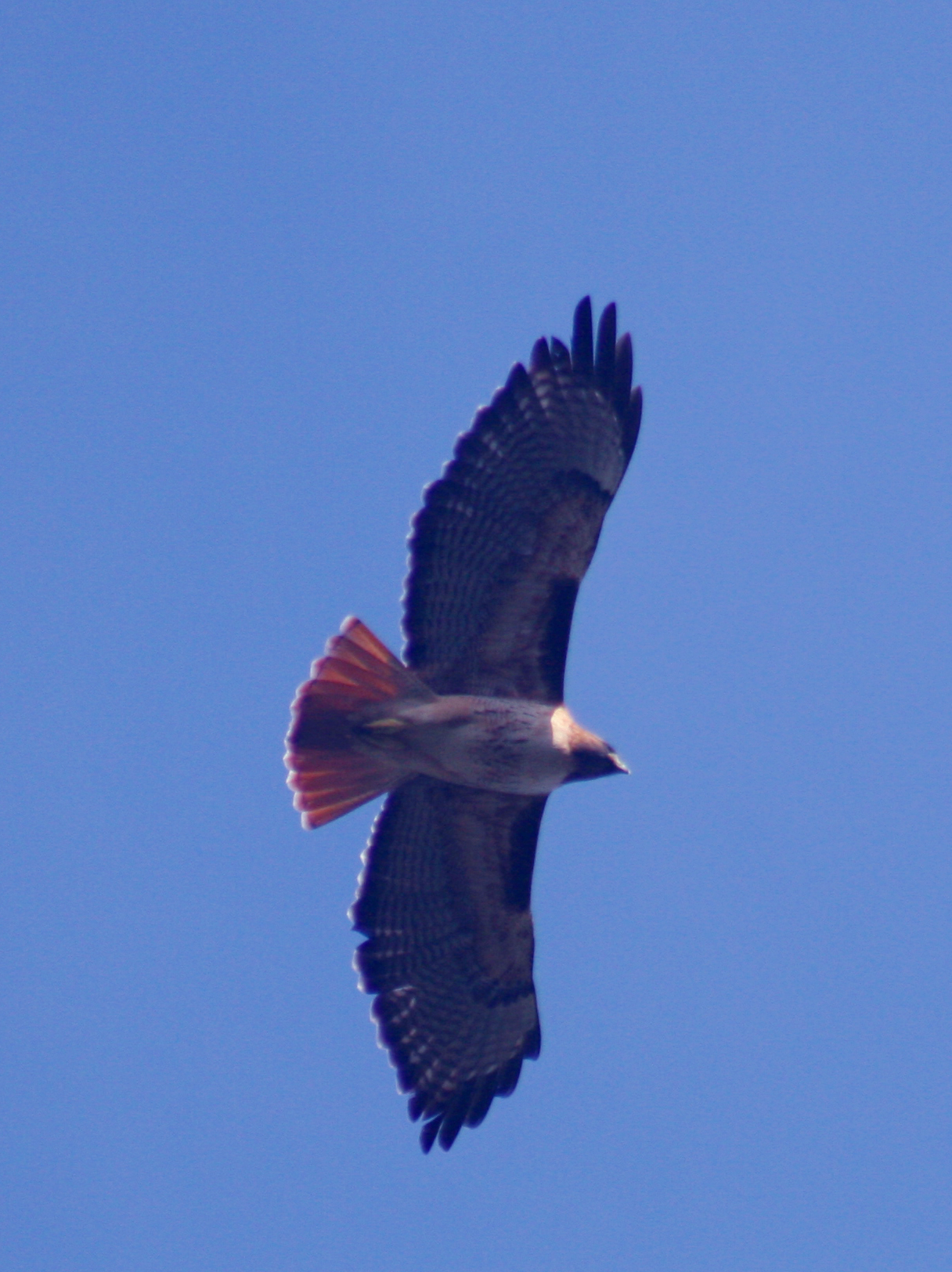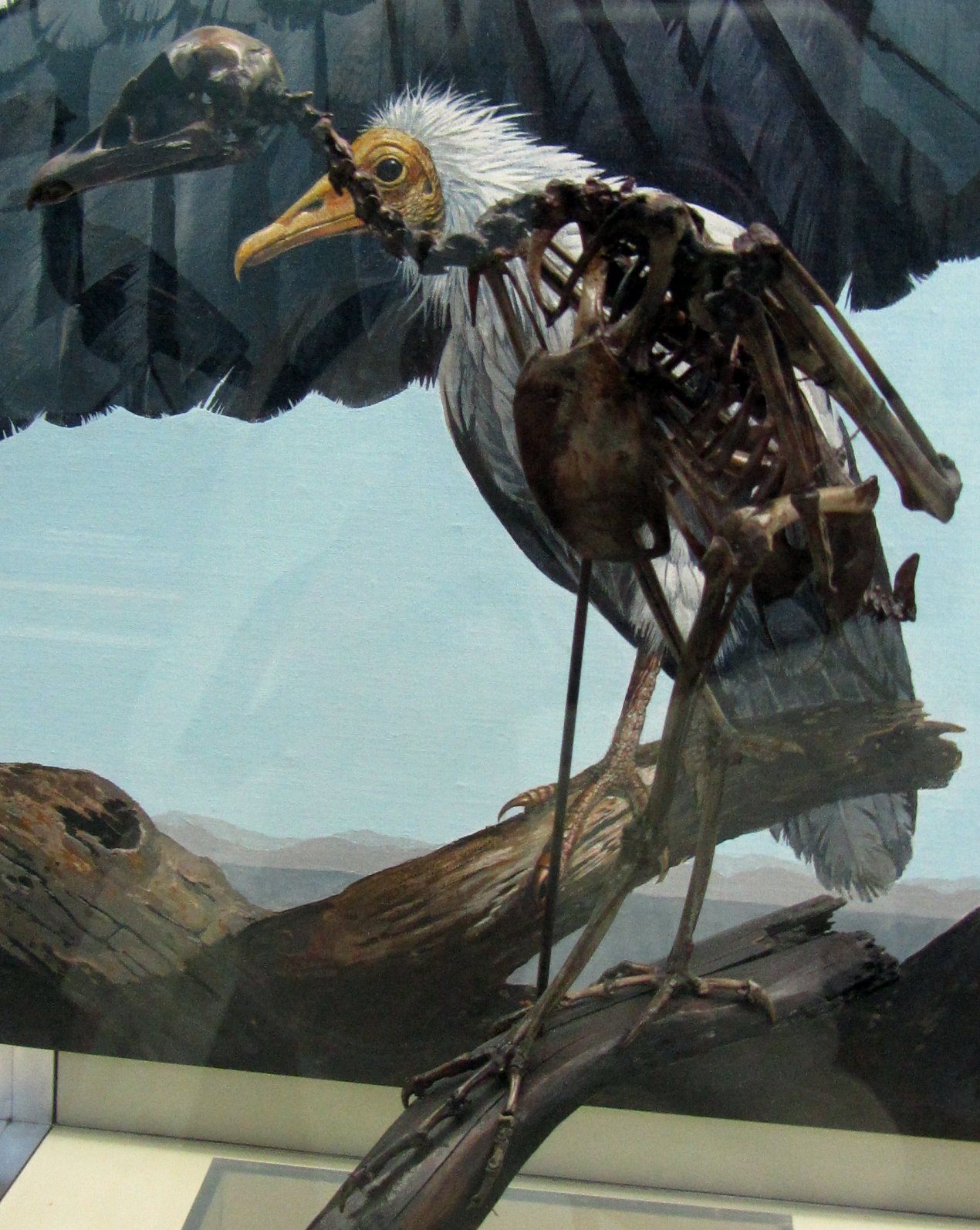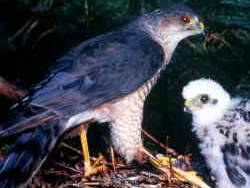|
Hawks
Hawks are birds of prey of the family Accipitridae. They are widely distributed and are found on all continents except Antarctica. * The subfamily Accipitrinae includes goshawks, sparrowhawks, sharp-shinned hawks and others. This subfamily are mainly woodland birds with long tails and high visual acuity. They hunt by dashing suddenly from a concealed perch. * In America, members of the '' Buteo'' group are also called hawks; this group is called buzzards in other parts of the world. Generally, buteos have broad wings and sturdy builds. They are relatively larger-winged, shorter-tailed and fly further distances in open areas than accipiters. Buteos descend or pounce on their prey rather than hunting in a fast horizontal pursuit. The terms ''accipitrine hawk'' and ''buteonine hawk'' are used to distinguish between the types in regions where ''hawk'' applies to both. The term ''"true hawk"'' is sometimes used for the accipitrine hawks in regions where ''buzzard'' is pref ... [...More Info...] [...Related Items...] OR: [Wikipedia] [Google] [Baidu] |
Northern Goshawk
The northern goshawk (; ''Accipiter gentilis'') is a species of medium-large raptor in the family Accipitridae, a family which also includes other extant diurnal raptors, such as eagles, buzzards and harriers. As a species in the genus '' Accipiter'', the goshawk is often considered a "true hawk". The scientific name is Latin; ''Accipiter'' is "hawk", from ''accipere'', "to grasp", and ''gentilis'' is "noble" or "gentle" because in the Middle Ages only the nobility were permitted to fly goshawks for falconry. This species was first described by Linnaeus in his ''Systema naturae'' in 1758 as ''Falco gentilis''. It is a widespread species that inhabits many of the temperate parts of the Northern Hemisphere. The northern goshawk is the only species in the genus ''Accipiter'' found in both Eurasia and North America. It may have the second widest distribution of any true member of the family Accipitridae, behind arguably only the golden eagle (''Aquila chrysaetos''), which has ... [...More Info...] [...Related Items...] OR: [Wikipedia] [Google] [Baidu] |
Red-tailed Hawk
The red-tailed hawk (''Buteo jamaicensis'') is a bird of prey that breeds throughout most of North America, from the interior of Alaska and northern Canada to as far south as Panama and the West Indies. It is one of the most common members within the genus of '' Buteo'' in North America or worldwide. The red-tailed hawk is one of three species colloquially known in the United States as the " chickenhawk", though it rarely preys on standard-sized chickens. The bird is sometimes also referred to as the red-tail for short, when the meaning is clear in context. Red-tailed hawks can acclimate to all the biomes within their range, occurring on the edges of non-ideal habitats such as dense forests and sandy deserts.Preston, C. R. (2000). ''Red-tailed Hawk''. Stackpole Books. The red-tailed hawk occupies a wide range of habitats and altitudes, including deserts, grasslands (from small meadows to the treed fringes of more extensive prairies), coniferous and deciduous forests, agricult ... [...More Info...] [...Related Items...] OR: [Wikipedia] [Google] [Baidu] |
Falconry
Falconry is the hunting of wild animals in their natural state and habitat by means of a trained bird of prey. Small animals are hunted; squirrels and rabbits often fall prey to these birds. Two traditional terms are used to describe a person involved in falconry: a "falconer" flies a falcon; an "austringer" (Old French origin) flies a hawk ('' Accipiter'', some buteos and similar) or an eagle (''Aquila'' or similar). In modern falconry, the red-tailed hawk (''Buteo jamaicensis''), Harris's hawk (''Parabuteo unicinctus''), and the peregrine falcon (''Falco perigrinus'') are some of the more commonly used birds of prey. The practice of hunting with a conditioned falconry bird is also called "hawking" or "gamehawking", although the words hawking and hawker have become used so much to refer to petty traveling traders, that the terms "falconer" and "falconry" now apply to most use of trained birds of prey to catch game. Many contemporary practitioners still use these words in ... [...More Info...] [...Related Items...] OR: [Wikipedia] [Google] [Baidu] |
Accipitridae
The Accipitridae is one of the three families within the order Accipitriformes, and is a family of small to large birds with strongly hooked bills and variable morphology based on diet. They feed on a range of prey items from insects to medium-sized mammals, with a number feeding on carrion and a few feeding on fruit. The Accipitridae have a cosmopolitan distribution, being found on all the world's continents (except Antarctica) and a number of oceanic island groups. Some species are migratory. The family contains 255 species which are divided into 70 genera. Many well-known birds such as hawks, eagles, kites, harriers and Old World vultures are included in this group. The osprey is usually placed in a separate family (Pandionidae), as is the secretary bird ( Sagittariidae), and the New World vultures are also usually now regarded as a separate family or order. Karyotype data indicate the accipitrids analysed are indeed a distinct monophyletic group. Systematics and phylog ... [...More Info...] [...Related Items...] OR: [Wikipedia] [Google] [Baidu] |
Accipitrid
The Accipitridae is one of the three families within the order Accipitriformes, and is a family of small to large birds with strongly hooked bills and variable morphology based on diet. They feed on a range of prey items from insects to medium-sized mammals, with a number feeding on carrion and a few feeding on fruit. The Accipitridae have a cosmopolitan distribution, being found on all the world's continents (except Antarctica) and a number of oceanic island groups. Some species are migratory. The family contains 255 species which are divided into 70 genera. Many well-known birds such as hawks, eagles, kites, harriers and Old World vultures are included in this group. The osprey is usually placed in a separate family (Pandionidae), as is the secretary bird (Sagittariidae), and the New World vultures are also usually now regarded as a separate family or order. Karyotype data indicate the accipitrids analysed are indeed a distinct monophyletic group. Systematics and phylogen ... [...More Info...] [...Related Items...] OR: [Wikipedia] [Google] [Baidu] |
Sharp-shinned Hawk
The sharp-shinned hawk (''Accipiter striatus'') is a small hawk, with males being the smallest hawks in the United States and Canada, but with the species averaging larger than some Neotropical species, such as the tiny hawk. The taxonomy is far from resolved, with some authorities considering the southern taxa to represent three separate species: white-breasted hawk (''A. chionogaster''), plain-breasted hawk (''A. ventralis''), and rufous-thighed hawk (''A. erythronemius''). The American Ornithological Society keeps all four variations conspecific. Taxonomy The sharp-shinned hawk is sometimes separated into four species, with the northern group (''see distribution'') retaining both the scientific name and the common name: sharp-shinned hawk (''A. striatus''). In addition to the nominate taxon (''A. s. striatus''), it includes subspecies ''perobscurus'', ''velox'', ''suttoni'', ''madrensis'', ''fringilloides'', and ''venator''. The three remaining taxa, each considered a monoty ... [...More Info...] [...Related Items...] OR: [Wikipedia] [Google] [Baidu] |
Eagle
Eagle is the common name for many large birds of prey of the family Accipitridae. Eagles belong to several groups of genera, some of which are closely related. Most of the 68 species of eagle are from Eurasia and Africa. Outside this area, just 14 species can be found—2 in North America, 9 in Central and South America, and 3 in Australia. Eagles are not a natural group but denote essentially any kind of bird of prey large enough to hunt sizeable (about 50 cm long or more overall) vertebrates. Description Eagles are large, powerfully-built birds of prey, with heavy heads and beaks. Even the smallest eagles, such as the booted eagle (''Aquila pennata''), which is comparable in size to a common buzzard (''Buteo buteo'') or red-tailed hawk (''B. jamaicensis''), have relatively longer and more evenly broad wings, and more direct, faster flight – despite the reduced size of aerodynamic feathers. Most eagles are larger than any other raptors apart from some vultures. The ... [...More Info...] [...Related Items...] OR: [Wikipedia] [Google] [Baidu] |
Buteo
''Buteo'' is a genus of medium to fairly large, wide-ranging raptors with a robust body and broad wings. In the Old World, members of this genus are called "buzzards", but "hawk" is used in the New World (Etymology: ''Buteo'' is the Latin name of the common buzzard). As both terms are ambiguous, buteo is sometimes used instead, for example, by the Peregrine Fund. Characteristics Buteos are fairly large birds. Total length can vary from and wingspan can range from . The lightest known species is the roadside hawk, at an average of although the lesser known white-rumped and Ridgway's hawks are similarly small in average wingspan around , and average length around in standard measurements. The largest species in length and wingspan is the upland buzzard, which averages around in length and in wingspan. The upland is rivaled in weight and outsized in foot measurements and bill size by the ferruginous hawk. In both of these largest buteos, adults typically weigh over , and ... [...More Info...] [...Related Items...] OR: [Wikipedia] [Google] [Baidu] |
Accipiter
''Accipiter'' is a genus of birds of prey in the family Accipitridae. With 51 recognized species it is the most diverse genus in its family. Most species are called goshawks or sparrowhawks, although almost all New World species (excepting the northern goshawk) are simply known as hawks. They can be anatomically distinguished from their relatives by the lack of a procoracoid foramen. Two small and aberrant species usually placed here do possess a large procoracoid foramen and are also distinct as regards DNA sequence. They may warrant separation in the old genus ''Hieraspiza''.Olson (2006) Extant accipiters range in size from the little sparrowhawk (''A. minullus''), in which the smallest males measure long, span across the wings and weigh , to the northern goshawk (''A. gentilis''), in which the largest females measure long, span across the wings, and weigh . These birds are slender with short, broad, rounded wings and a long tail which helps them maneuver in flight. They ha ... [...More Info...] [...Related Items...] OR: [Wikipedia] [Google] [Baidu] |
Accipiter StriatusDO1908P02CA
''Accipiter'' is a genus of birds of prey in the family Accipitridae. With 51 recognized species it is the most diverse genus in its family. Most species are called goshawks or sparrowhawks, although almost all New World species (excepting the northern goshawk) are simply known as hawks. They can be anatomically distinguished from their relatives by the lack of a procoracoid foramen. Two small and aberrant species usually placed here do possess a large procoracoid foramen and are also distinct as regards DNA sequence. They may warrant separation in the old genus ''Hieraspiza''.Olson (2006) Extant accipiters range in size from the little sparrowhawk (''A. minullus''), in which the smallest males measure long, span across the wings and weigh , to the northern goshawk (''A. gentilis''), in which the largest females measure long, span across the wings, and weigh . These birds are slender with short, broad, rounded wings and a long tail which helps them maneuver in flight. The ... [...More Info...] [...Related Items...] OR: [Wikipedia] [Google] [Baidu] |
Bird Of Prey
Birds of prey or predatory birds, also known as raptors, are hypercarnivorous bird species that actively hunt and feed on other vertebrates (mainly mammals, reptiles and other smaller birds). In addition to speed and strength, these predators have keen eyesight for detecting prey from a distance or during flight, strong feet with sharp talons for grasping or killing prey, and powerful, curved beaks for tearing off flesh. Although predatory birds primarily hunt live prey, many species (such as fish eagles, vultures and condors) also scavenge and eat carrion. Although the term "bird of prey" could theoretically be taken to include all birds that actively hunt and eat other animals, ornithologists typically use the narrower definition followed in this page, excluding both piscivorous predators such as storks, herons, gulls, skuas, penguins and kingfishers, as well as primarily insectivorous birds such as passerine birds (e.g. shrikes) and birds like nightjars and frogm ... [...More Info...] [...Related Items...] OR: [Wikipedia] [Google] [Baidu] |
Osprey
The osprey (''Pandion haliaetus''), , also called sea hawk, river hawk, and fish hawk, is a diurnal, fish-eating bird of prey with a cosmopolitan range. It is a large raptor reaching more than in length and across the wings. It is brown on the upperparts and predominantly greyish on the head and underparts. The osprey tolerates a wide variety of habitats, nesting in any location near a body of water providing an adequate food supply. It is found on all continents except Antarctica, although in South America it occurs only as a non-breeding migrant. As its other common names suggest, the osprey's diet consists almost exclusively of fish. It possesses specialised physical characteristics and exhibits unique behaviour to assist in hunting and catching prey. As a result of these unique characteristics, it has been given its own taxonomic genus, ''Pandion'', and family, Pandionidae. Taxonomy The osprey was described by Carl Linnaeus under the name ''Falco haliaeetus'' in his ... [...More Info...] [...Related Items...] OR: [Wikipedia] [Google] [Baidu] |









